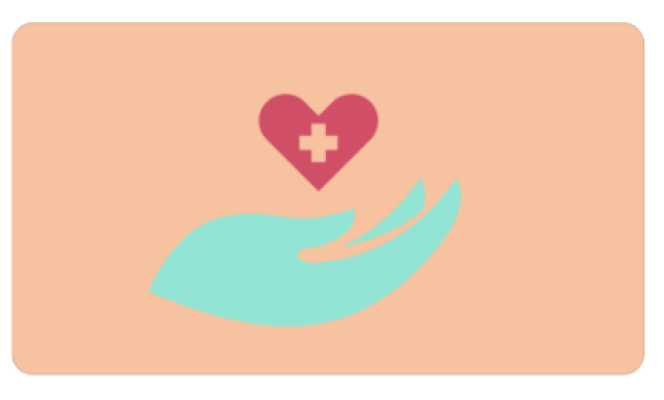Introduction
In an era where healthcare organisations increasingly rely on digital platforms, healthcare data security is more critical than ever. Medical records contain highly sensitive patient information, making them prime targets for cyber threats. A data breach can result in financial losses, reputational damage, and even compromised patient care. To mitigate these risks, medical practices must prioritise medical practice data protection through robust security measures and compliance with industry regulations.
Understanding Healthcare Data Security
Healthcare data security refers to the policies, technologies, and procedures designed to protect patient information from unauthorised access, breaches, or misuse. This includes securing electronic health records (EHRs), patient histories, diagnostic reports, and other confidential data.
The healthcare industry faces unique challenges due to:
- The sensitive nature of patient data, which makes breaches highly damaging.
- The complexity of healthcare ecosystems, where multiple systems and stakeholders interact.
- The strict regulatory requirements, such as HIPAA (Health Insurance Portability and Accountability Act) in the US and GDPR (General Data Protection Regulation) in the EU, impose stringent data protection standards.
Key Risks and Threats to Healthcare Data
Medical practices face a variety of risks that can compromise secure practice management software and patient confidentiality. Some of the most significant threats include:
Cyber Attacks
Ransomware, malware, and phishing attacks are rampant in the healthcare sector. Studies indicate that 88% of healthcare organisations have experienced a cyber attack in the past year.
Insider Threats
Around 43% of healthcare data breaches are caused by insiders, whether due to negligence or malicious intent. Employees with access to sensitive data may unintentionally or deliberately expose confidential information.
Data Breaches
Unauthorised access to patient records can result in severe financial and legal consequences. Breaches not only impact organisations but also put patients at risk of identity theft and fraud.
Compliance Violations
Failure to adhere to regulations such as HIPAA and GDPR can lead to substantial fines and legal actions. Compliance is crucial in ensuring data privacy and protection.
Legacy Systems
Outdated IT infrastructure often lacks essential security updates, making it easier for hackers to exploit vulnerabilities.
Third-Party Risks
Sharing patient data with external vendors increases the risk of breaches if the third parties do not maintain stringent security protocols.
Human Error
A staggering 88% of data breaches are due to human error, such as misdirected emails or weak passwords. Regular training and stringent access controls can mitigate this risk.
Best Practices for Securing Healthcare Data
To safeguard patient information and maintain compliance, healthcare organisations should adopt these best practices:
Implement Strong Access Controls
Restrict access to patient records based on role-based permissions. Multi-factor authentication (MFA) should be a standard requirement for accessing sensitive data.
Encrypt Patient Data
Encryption ensures that even if data is intercepted, it remains unreadable to unauthorised individuals. Data should be encrypted both in transit and at rest.
Conduct Regular Security Audits
Routine security assessments help identify vulnerabilities and address potential risks before they escalate.
Train Staff on Cybersecurity Practices
Since human error is a leading cause of breaches, continuous training on security policies, phishing awareness, and proper data handling is essential.
Use Secure Practice Management Software
Invest in secure practice management software with built-in security features such as audit logs, encryption, and automatic backups to protect against data loss.
Ensure Compliance with Healthcare Regulations
Medical practices must stay up to date with evolving medical practice data protection regulations like HIPAA and GDPR. Compliance helps avoid legal penalties and reinforces patient trust.
Secure Third-Party Integrations
If sharing data with external vendors, ensure they comply with industry security standards and use encrypted channels for data exchange.
Develop an Incident Response Plan
Prepare for potential breaches by having a well-documented response strategy. Quick detection and mitigation can limit damage and restore operations faster.
The Role of Technology in Healthcare Data Security
Emerging technologies such as artificial intelligence (AI) and cloud computing offer both opportunities and challenges for healthcare data security. While these innovations improve efficiency, they also introduce new vulnerabilities. Solutions like Metomic help healthcare providers monitor, classify, and secure sensitive patient information across SaaS applications.
Investing in advanced security tools, such as AI-powered threat detection and automated data loss prevention (DLP) systems, can help healthcare organisations stay ahead of cyber threats.
Conclusion
With the rapid digitalisation of healthcare, medical practice data protection has become a top priority. Protecting sensitive patient data requires a proactive approach, combining regulatory compliance, technological solutions, and ongoing staff education. By implementing secure practice management software and following best practices, healthcare organisations can safeguard patient trust, mitigate risks, and ensure the confidentiality and integrity of their data.
Ensuring healthcare data security is not just about compliance—it’s about delivering safe, reliable, and trustworthy healthcare services in an increasingly digital world.




